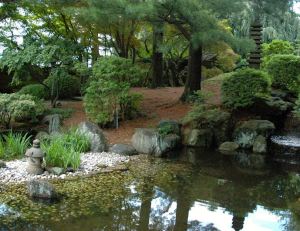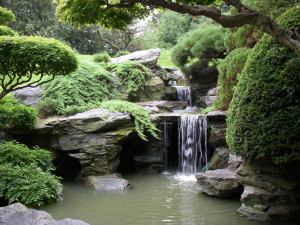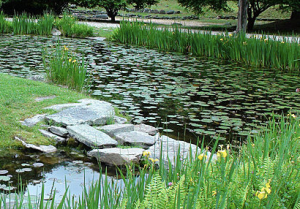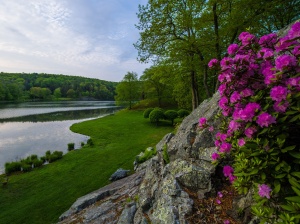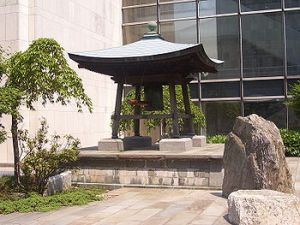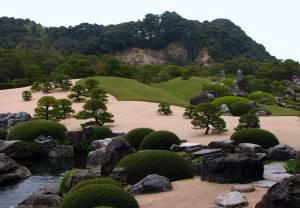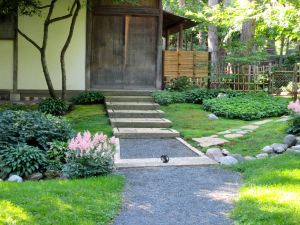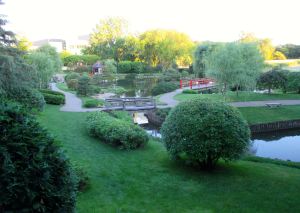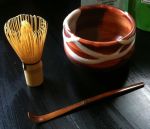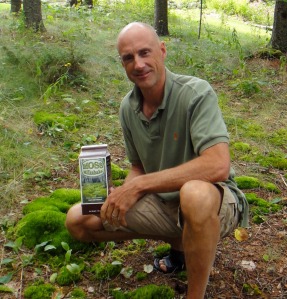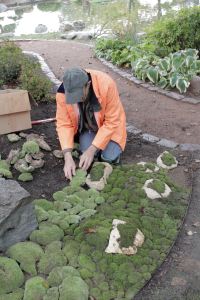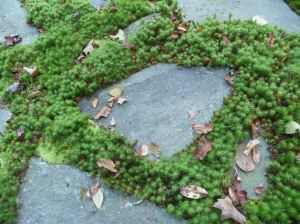2-day Event To Celebrate 50-Year Anniversary of Japanese Garden in Descanso and Features Five Asian Gardens in Southern California
Descanso Gardens, La Canada Flintridge, CA – On January 14 and 15, 2017, experts in horticulture, history and design will discuss and illustrate the Southern California experience in Japanese gardening during a symposium and garden tour organized by the North American Japanese Garden Association (NAJGA), in cooperation with the Descanso Gardens. NAJGA is a non-profit and membership-based organization that promotes the art, craft and heart of Japanese gardening in USA and Canada.
The symposium on January 14 will commence with an indoor art tour on the concept of the Japanese garden, with a special focus on the social history of Descanso’s Japanese garden, which is commemorating its half-century existence. The influence of mid-century Japanism on the integration of gardens and architecture in Southern California and the compelling human story of Japanese plants in California will be the focus of a couple of lectures by Japanese garden historian Dr. Kendall Brown and Japanese-American garden writer Naomi Hirahara. Later in the day, Dr. Brown and Descanso Gardens Executive Director David Brown will also conduct a guided tour of the Descanso Japanese garden.
Japanese horticulturist and ikebana expert Kaz Kitajima will lead a workshop on the basic principles and techniques in black pine pruning. A camellia forest walk and tour will showcase Descanso’s exceptional camellia collection, the largest in North America and designated as an International Camellia Garden of Excellence by the International Camellia Society.

On January 15, an expert-led garden tour will take participants to three important Japanese gardens and a new Chinese garden in the Los Angeles county area. Aside from illustrating the quality and diversity of garden design in California, the Storrier-Stearns Japanese Garden in Pasadena, and the SuiHoen (Garden of Water and Fragrance) at the Tillman Reclamation Plant in Van Nuys are also notable for their sustainable water use in the face of California’s challenging water situation in recent years. At over 100 years old, the Japanese garden at The Huntington in Pasadena is famously one of the oldest gardens in North America and is still evolving. Participants will also have the chance to visit the new Chinese garden at The Huntington.



“The Japanese gardens in southern California are true cultural and horticultural treasures, as they honor the history of Japanese-Americans in the area as well as the California ethos of innovation, sustainability and love of the outdoors,” says NAJGA board president Kimberly Andrews. “NAJGA is delighted to have the opportunity to work with Descanso Gardens, which is observing a significant milestone with its Japanese garden, and our other member gardens to promote our mission among garden professionals and enthusiasts in the Southern California area.”
For more details and to register, visit http://najga.org/Southern-California-2017. This two-day regional event is accredited as a continuing education program for members of the National Association of Landscape Professionals (NALP) and the Association of Professional Landscape Professionals (APLD). Garden practitioners may check with their professional associations if this event is eligible for continuing education units.
























